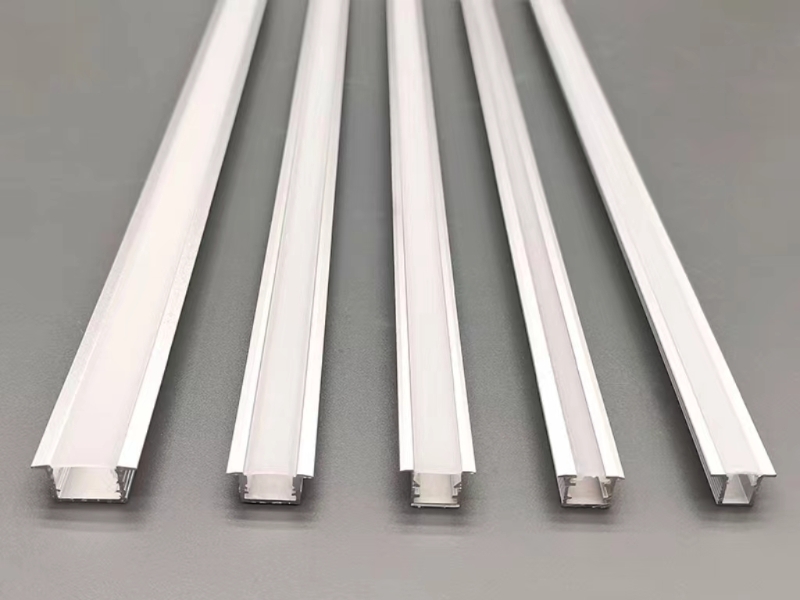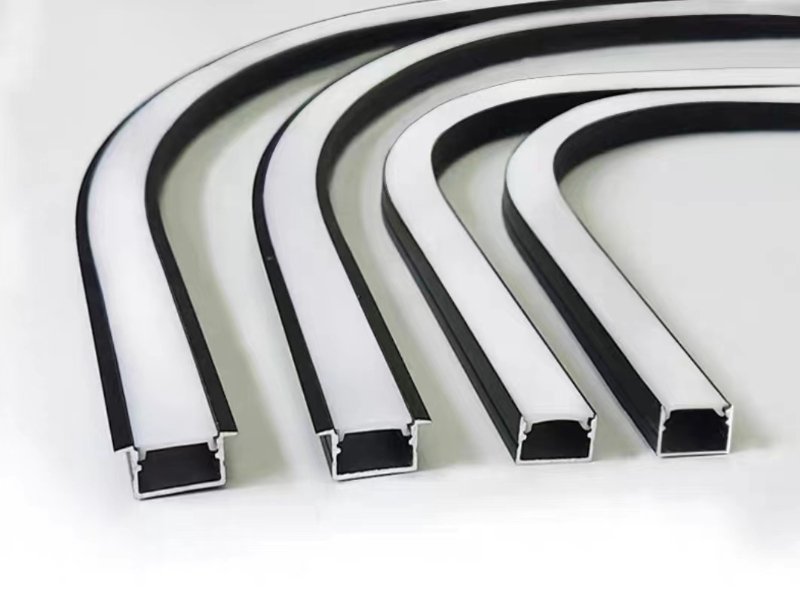LED channel lighting has become one of the most popular choices for residential and commercial lighting installations. This modern lighting option provides a streamlined look and high functionality. In this comprehensive guide, we’ll walk you through everything you need to know about planning and installing LED channel lighting to illuminate your home or workspace.
What is LED Channel Lighting?
LED channel lighting consists of LED light strips or modules installed into metal tracks or channels. The aluminum LED Strip channels serve as housings to protect the lighting and wiring. They also act as heat sinks for the LEDs. Channel lighting provides direct illumination and can be used for accent , task, or general lighting. The sleek linear design gives a modern, unobtrusive look to any space.
Benefits of Using LED Channel Lighting
There are many excellent reasons to consider using aluminum LED channel lighting:
– Sleek and modern visual appeal
– Fully customizable and flexible placement
-Easy to install compared to multiple fixtures
– Contains wiring discretely within channels
-Energy efficient and long-lasting
– Dimmable for ambiance control
– Provides high-quality illumination
With the right layout, LED channel lighting can highlight architectural features, provide functional workspace lighting, and create decorative effects.

Types of LED Channel Lighting Systems
There are two primary types of LED channels available: integrated and modular.
Integrated flat LED channel diffusers have the lights built-in during manufacturing. This creates a seamless look but offers less flexibility. Modular channels use interchangeable LED modules that click in and out of the channel. This makes modifying the lights simple when you want to upd ate the color or distribution.
Recessed drywall gypsum wall LED channel housing also comes in different material options, including aluminum, plastic, and higher-end wood or composite finishes. The size, shape, and mounting style of the channel should suit the placement location and desired lighting effect.
Planning Your Layout
Properly planning the layout is crucial to maximize the benefits of LED channel lighting. Here are some tips:
– Decide on the appropriate channel size and material for each location, accounting for appearance, structural considerations, and lighting needs.
– Determine the optimum LED color temperature to create the desired ambiance in each space. Mixing warm and cool tones adds depth.
– Map out channel placement based on providing optimal illumination for tasks and visual interest.
– For safety, include channels to light walkways, exits, and staircases.
– Use accent channels to highlight displayed items, counters, shelves, and artwork.
– Incorporate LED strips for indirect cove lights and under cabinet lights.

Electrical and Installation Requirements
Aluminum LED diffuser channel profile lighting must be installed properly to ensure safety and functionality. Here’s what you need to know:
– Hire a qualified electrician unless you have wiring experience. Incorrect installation can cause electrocution or fire hazards.
– Follow all local building codes and acquire needed permits.
– Use the appropriate mounting hardware for each channel material and placement location to provide secure attachment.
– Make sure channels have adequate airflow and are not enclosed in tight spaces. Proper heat dissipation protects LED lifespan.
– Use plastic lenses to shield exposed LED strips and minimize glare.
-Take care not to overheat or bend the channels during installation.
With the right of our LED channel lighting, creative layout, and professional installation, you can enjoy stylish lighting effects and quality illumination for many years. LED channel lighting adds value and transforms the ambiance of any residential or commercial space.












Leave A Comment